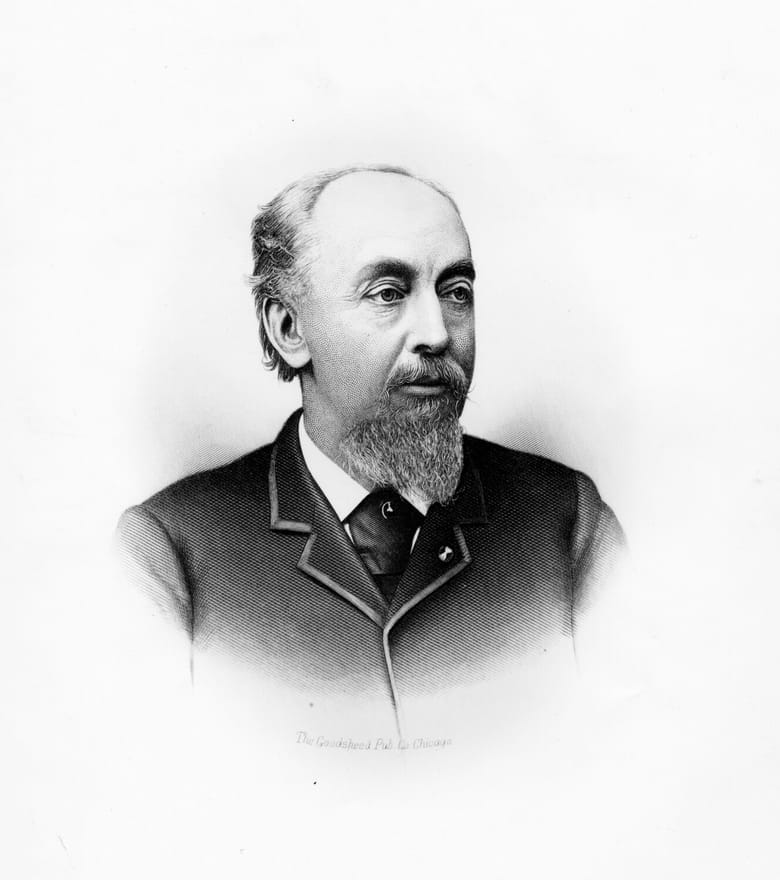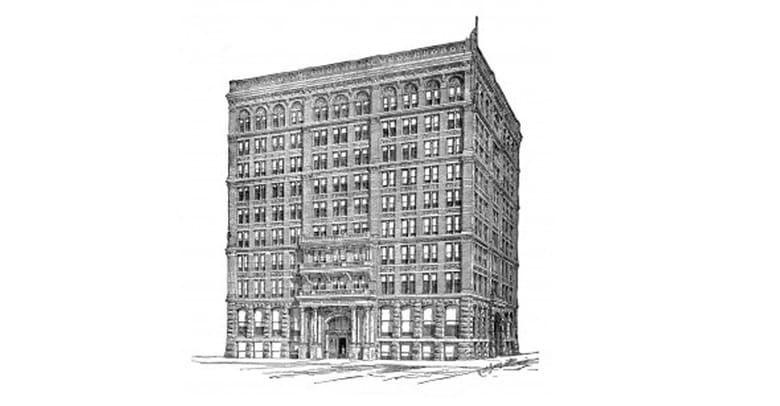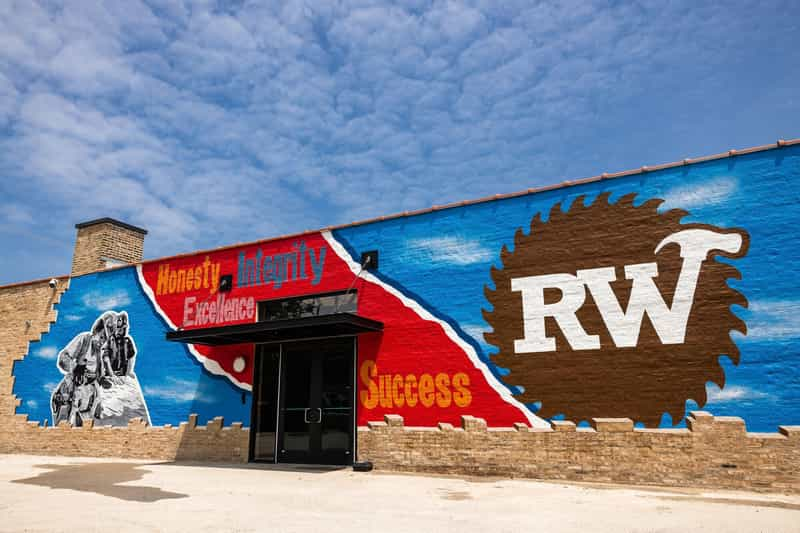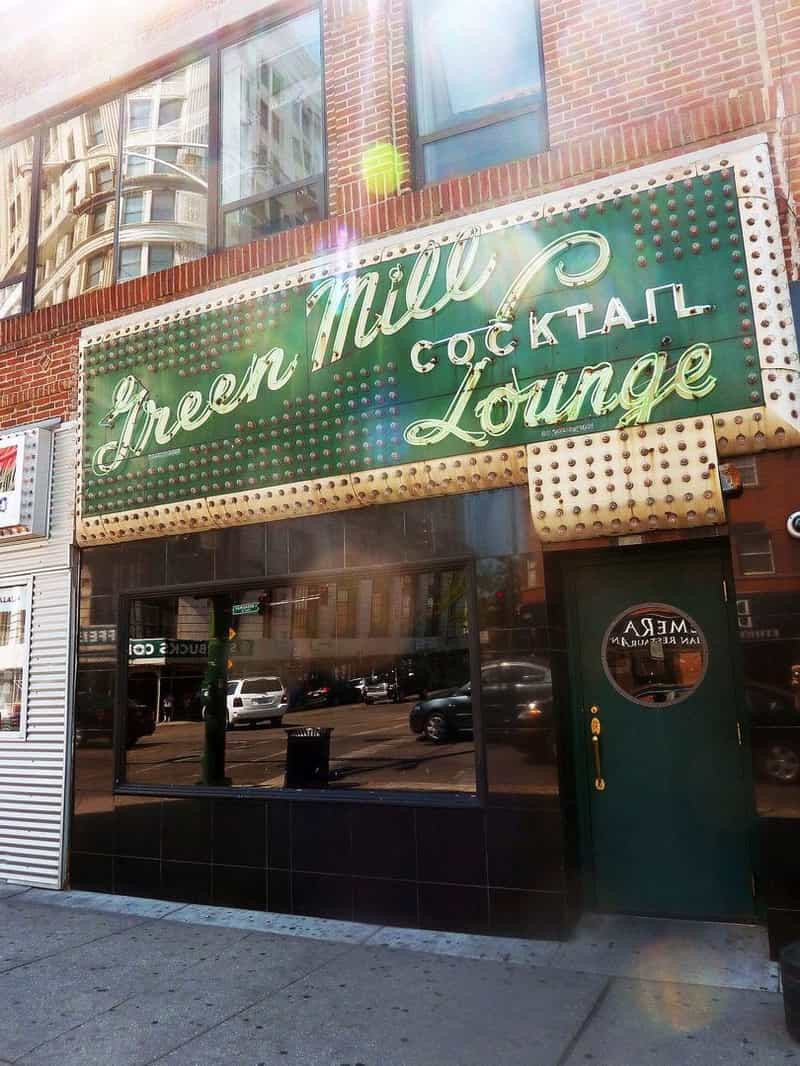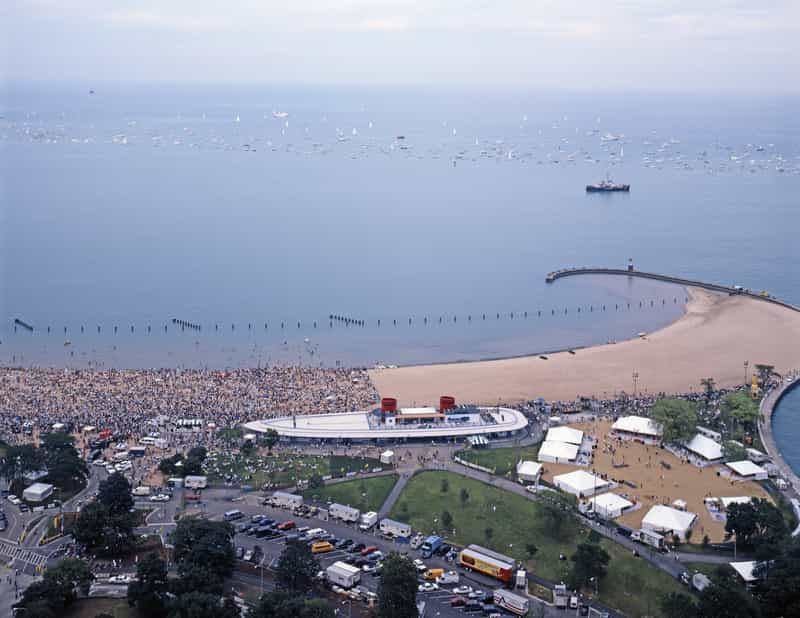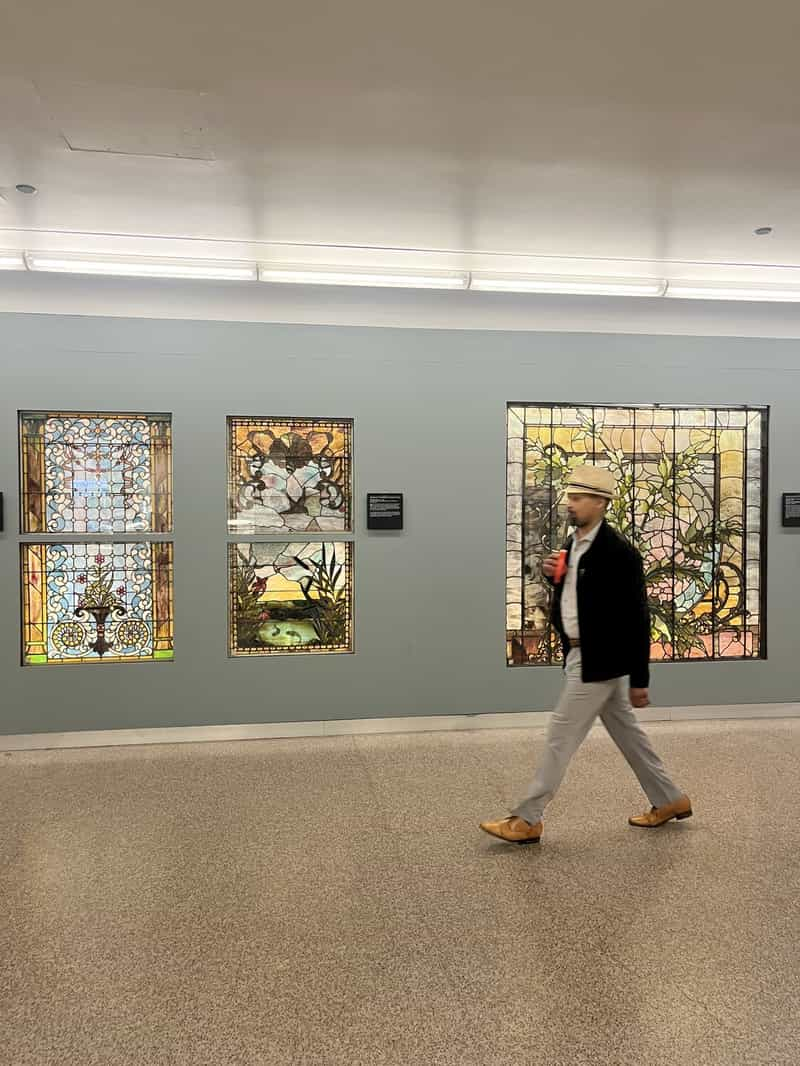Regarded as both an engineer and an architect, William Le Baron Jenney was influential in shaping Chicago’s skyline. In 1867, Jenney arrived in Chicago and shortly thereafter began a practice that would not only impact building design but also influence a whole generation of Chicago architects.
Though he’s known best for designing the unprecedented Home Insurance Building in 1885, Jenney began his career not as an architect but as an engineer. During his formative years, he traveled to San Francisco to take part in the gold rush, and toured the Philippines and South Sea. Having gained his interest in engineering during this time, Jenney returned to the United States and attended Harvard. Unsatisfied with his education there, he transferred in 1853 to the Ecolé Centrale des Arts et Manufactures in Paris to complete his engineering studies.
After working as a civil engineer for the Union Army during the Civil War, Jenney opened an office in Chicago, specializing in commercial buildings and public parks. Early on, Jenney’s firm relied mostly on park planning commissions, including the creation of Humboldt Park, Douglas Park and Garfield Park. But that all changed in the wake of Chicago’s Great Fire of 1871.
Home Insurance Building Permission of Inland Architect and Builder
By the late 1870s, as Chicagoans replaced their largely wooden city with structures of stone and early uses of iron, the load-bearing masonry designs typical of the era posed problems for commercial businesses looking to grow. One of Jenney’s earliest solutions came in 1879, with the first Leiter Building. Specifying cast-iron columns for the interior, Jenney’s design allowed for more windows, which would provide light to the building’s interior. It also greatly reduced the building’s weight without sacrificing strength—an innovation that would later rewrite the rulebook for building tall.
Opened in 1885, Jenney’s Home Insurance Building in Chicago further advanced the possibilities for iron construction. The building featured a hybrid construction of masonry cladding, iron beams and cast-iron connections to reinforce the internal structure, which resembled a grid-like skeleton. This method of lightening the load of the building’s walls made the original 10-story design of the Home Insurance Building both innovative and influential.
Before his passing in 1907, Jenney would complete numerous commercial skyscrapers and mentor protégés including Daniel Burnham, Louis Sullivan, William Mundie, William Holabird and Martin Roche. Although the Home Insurance Building was demolished in 1931, many of Jenney’s buildings—including downtown Chicago’s Manhattan Building —still stand, though they’re dwarfed by contemporary high-rises. Still, without William Le Baron Jenney’s early innovations, Chicago’s architectural legacy would not be the same.
